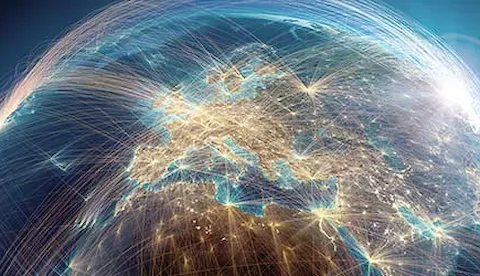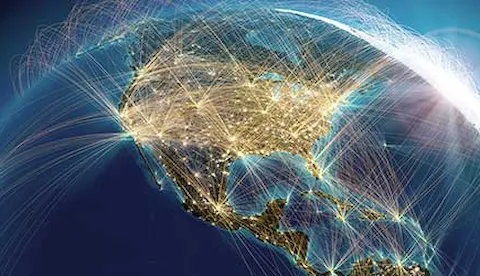Asia Pacific region
Home to some of the world’s busiest ports, shipping companies, sea-lanes and shipyards, countries in the Asia Pacific region will play a critical role in the industry’s efforts to decarbonise.
Asia pacific
While leading maritime nations like China, Japan and South Korea work together with the IMO on global solutions, they also have their own decarbonization strategies which are likely to impact the industry going forward.
China
Public pressure to act on improving air quality and fighting climate change has pushed the Chinese government to announce ambitious GHG reduction targets. Some have called for China to move more quickly, and the government has shown that when political and economic forces align, it can move speedily to manage any challenge.
Emissions control
The Ministry of Ecology and Environment (MEE) acts as the national authority, having joint oversight of trading activities with other national regulators. In September 2015, China designated its own domestic ECAs with a gradual implementation of requirements covering emissions of SOx and NOx air pollutants from ships.
GHG emissions
In 2020, the Chinese government announced ambitious plans to become carbon-neutral by 2060. This was followed up in October 2021 with the Action Plan for Carbon Dioxide Peaking Before 2030. Regarding the shipping sector, China has committed to work faster to upgrade old ships, develop ships fuelled by electric power and LNG, further promote the use of shore power by ships while in port, and make in-depth efforts to advance demonstration and utilization of green, smart ships along coastline and inland waterways according to local conditions. China’s national ETS started operating in 2021 and does not yet include the shipping sector (as of April 2023). But the national market has been built on the successful experience of local pilot markets. The Shanghai ETS market already included local shipping companies and ports into its carbon emissions allowance management unit list in 2021, indicating that the national ETS could be further expanded as well.
South Korea
The year 2020 was an important one for climate ambitions in South Korea, with the government announcing a Green New Deal and a net-zero target for 2050 tied to a commitment to speed up investment in clean technologies across the economy. In January 2021, the government announced plans to reduce particulate matter (PM) in ports by 60 per cent in 2025 (compared to 2017).
Emissions control
In September 2020, the South Korean Ministry of Maritime Affairs and Fisheries (MOF) introduced an air quality control programme that defines selected South Korean ports and areas as Emission Control Areas (ECAs). From 1 September 2020, speed limits were introduced and vessels at berth or quay had to comply with a maximum sulphur limit of 0.1 per cent. From 1 January 2022, all vessels operating within these ECAs will have to comply with sulphur limits and limits on speed. The programme does not yet apply directly to GHGs but establishes a framework for future action.
South Korea’s Emissions Trading Scheme
Launched on 1 January 2015, South Korea’s ETS was East Asia’s first nationwide mandatory ETS. The system covers 685 of the country’s largest emitters, accounting for about 73.5% of national GHG emissions. It not only includes direct emissions of six GHGs but also covers indirect emissions from electricity consumption. At present (as of April 2023), the ETS does not apply to shipping, but the ETS will play a critical role in meeting South Korea’s 2030 NDC target of a 24.4 per cent reduction (from 2017 emissions).
Japan
As the world’s third-largest ship-owning nation and a leader in maritime technologies, Japan’s actions on emissions reductions will be watched closely. In addition to setting ambitious national targets, Japan has played an important role in establishing global mechanisms, such as providing technical support to the IMO’s EEXI regulation, among other initiatives.
Emissions control
The Japanese government has announced plans to cut its 2030 emissions by 46 per cent from 2013 levels, up from its earlier goal of 26 per cent, to achieve carbon-neutrality by 2050. In March 2020, Japan’s Ministry of Land, Infrastructure, Transport and Tourism (MLIT), together with technology partners, launched the Roadmap to Zero Emissions from International Shipping, a comprehensive strategy to achieve IMO GHG reduction targets.
Japan’s Emissions Trading Scheme
While Japan pioneered cap-and-trade schemes in Tokyo (2010) and the nearby Saitama Prefecture (2011), these programmes do not yet apply to the country’s shipping industry. It should also be noted that the government of Japan has expressed concerns over the extension of EU ETS to international shipping, preferring a global approach rather than a regional approach.

